
views
X
Research source
Regardless of technique, deep relaxation focuses on becoming attuned to your own body and releasing stressful thoughts. It may take some work to find and master the right kind of deep relaxation for you, but it is likely to be well worth the effort.
Preparing for Deep Relaxation
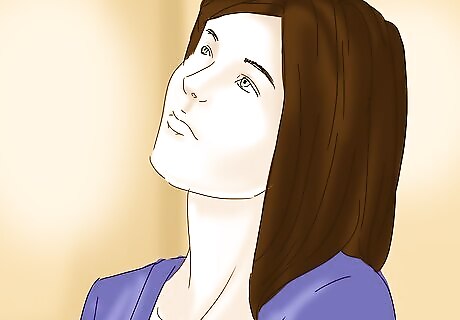
Understand stress and relaxation. During times of stress, the body is flooded with chemicals that produce a “fight or flight” response. This response is very helpful when you are facing real danger, but modern life can lead to near-constant stress (and the body’s response), which can contribute to a host of physical and emotional maladies. In direct contrast to the “fight or flight” response, the body’s “relaxation response” is a state of deep rest (but not necessarily sleepiness). When this response kicks in, a person’s heart rate, blood pressure, and breathing rate may reduce. In deep relaxation, blood flow can increase, the muscles will relax, and the body may be more capable of healing.

Define deep relaxation. There is no single, standard definition for this concept, nor single guide for a standard technique. The various forms of deep relaxation do, however, share some similar qualities. Deep relaxation is sometimes known as “mindful breathing” because it focuses on purposeful, slow, calm breathing as a starting point. Exerting awareness and control over one’s breathing is essential to practically every form of deep relaxation. Deep relaxation can also be called “yoga nidra.” A focus on controlled body movements is common to most techniques associated with the concept.
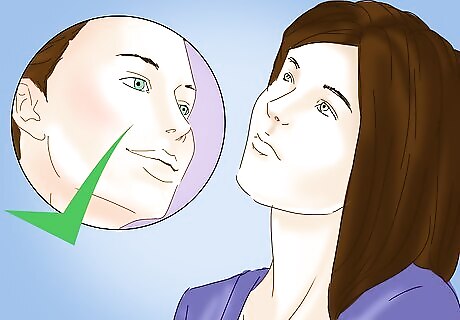
Consider the benefits. As mentioned, relaxation helps to counteract the effects of stress on physical, mental, and emotional levels. A bout of deep relaxation is akin to hitting the body’s reset button, helping to restore a chemical balance and return respiration, blood flow, and heart rate to normal levels. It may not be quite right to say that deep relaxation heals the body, but it does create an environment which is more conducive to healing. On an emotional level, deep relaxation tends to replace anger, fear, and frustration with improved mood, concentration, and confidence.

Set the scene. With some practice, variations on deep relaxation techniques can be utilized in just about any situation where you can turn your focus inward, such as on the bus ride to work or at your desk. Ideally, however, and especially when starting out, you want to find a calm, comfortable environment with minimal distractions. When possible, choose a room where you will not be disturbed for at least 15-20 minutes. Find a room that is not too warm or stuffy. Most techniques are suited to lying down on the floor, on a comfortable mat or blanket. You can usually also do them while seated in a comfortable chair. Beware that becoming too comfortable can turn deep relaxation into nap time. Wear comfortable clothes that are easy to move in. You can also try to enhance the serenity level by utilizing soft music or soothing scents.
Practicing Deep Relaxation Techniques
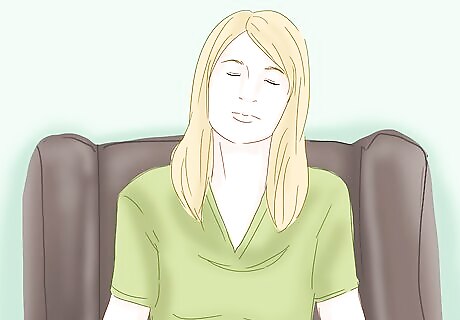
Master “mindful breathing.” The term mindful breathing is sometimes synonymous with deep relaxation itself, because being able to focus on each breath going in and out is at the heart of every deep relaxation technique. Get comfortable with mindful breathing before you attempt to move into additional deep relaxation techniques. Lie on the floor (preferably), or sit in a comfortable chair. Place your arms to your sides. Be aware of your body’s contact with the floor (or chair). Let your body “sink” into it. Become aware of your breathing, in and out. Focus on your abdomen filling and emptying, moving up and down. Feel your tension leave with each exhaled breath.
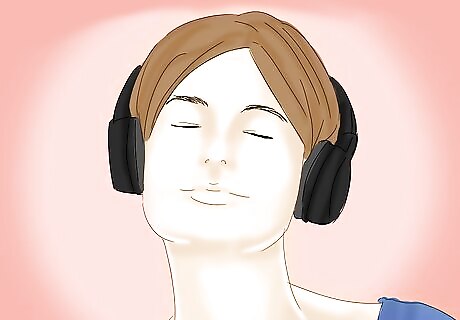
Give “progressive muscle relaxation” a try. While many techniques can be considered deep relaxation, this may be the most common one associated with the term. It involves tensing and releasing muscles individually and systematically throughout your body. Begin with your “mindful breathing” positioning and technique. Once you are sufficiently relaxed and focused, bring your awareness to your right foot. Focus on how it feels for a moment, then tense the muscle for several seconds, as tightly as you can do without pain. Release the tension, and feel your stress exiting with the release. Remain in this relaxed state for a moment before moving on to the next body area. Focus on tensing and releasing only the intended muscles in the intended order. It will take some practice.
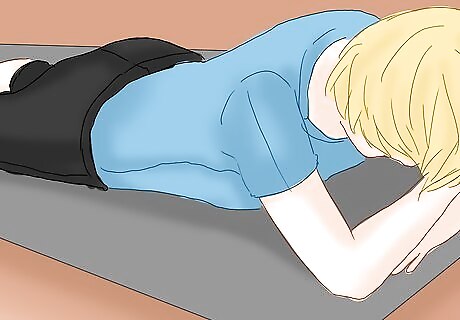
Consider “body scan meditation” as an alternative. If tensing and releasing muscle groups causes you pain or discomfort, you can instead employ an alternative form of deep relaxation. Body scan meditation shares the focus on individual sections of the body, but without the muscle flexing. Follow the steps for progressive muscle relaxation, but focus your attention on each body area without the muscle tensing and releasing. Feel the tension leaving that part of your body as part of your mindful breathing and deep focus. It is best to follow a set pattern throughout your entire body, but you can also guide your awareness back to areas that may need additional focus. When you’ve completed your body scan, bring your awareness back to your entire body. Focus once more on your breathing, and slowly sit and stand up when you are ready.
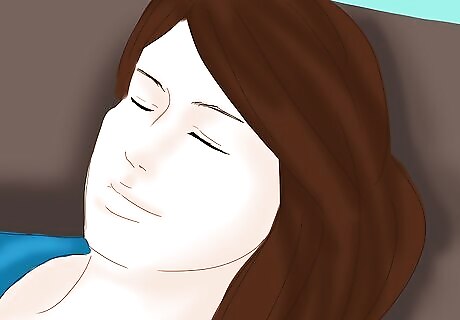
Think about “mindful meditation.” Deep relaxation is in many ways a meditative process, and it can include elements normally associated with meditation, such as the use of a mantra. Focusing on a word or phrase, or alternatively your body sensations, your senses, or your emotions, may be your key to deep relaxation. Find a quiet environment and a comfortable seated or reclined position. You want to be able to focus deeply, but not fall asleep. Find your focal point, like something you see or sense. Don’t be distressed or distracted if other words or images pop into your head as you meditate. Just return your focus to your focal point. Meditation isn't just about becoming "enlightened." It's about getting a handle on yourself and learning to control your mind and attention.
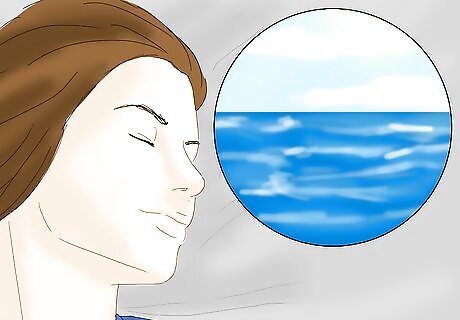
Look into visualization techniques. Similar in many respects to mindful meditation, visualization methods rely on deep focus on a single mental image. Usually, though, the particular goal with visualization is to locate and picture your “restful place.” You want to try to engage all your senses with your restful place. Visualization can be self-directed, but many people find guided visualization more effective. In this method, a therapist, coach, or a recording guide you into your restful place.



















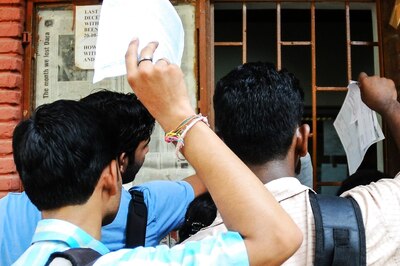
Comments
0 comment